Back to Courses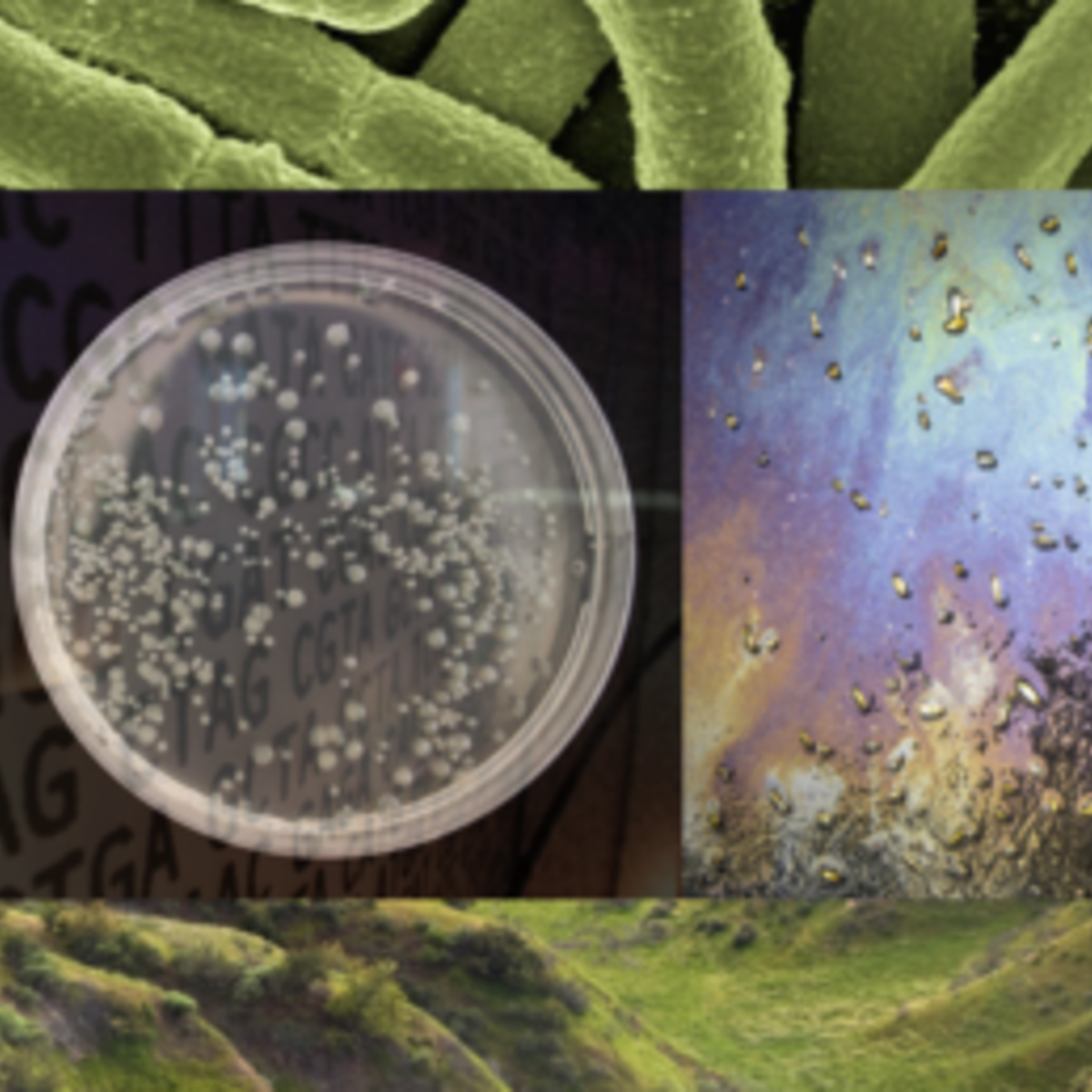
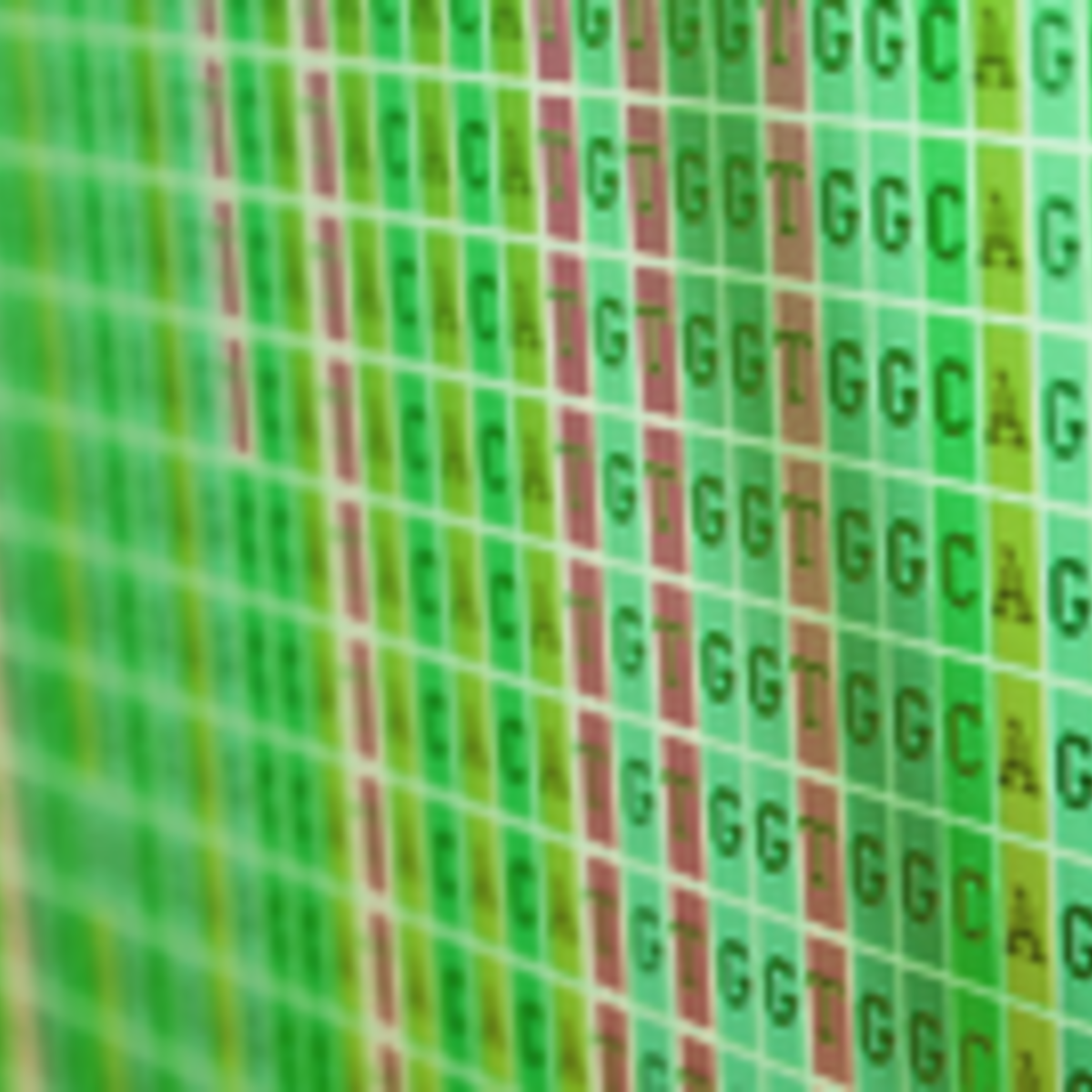
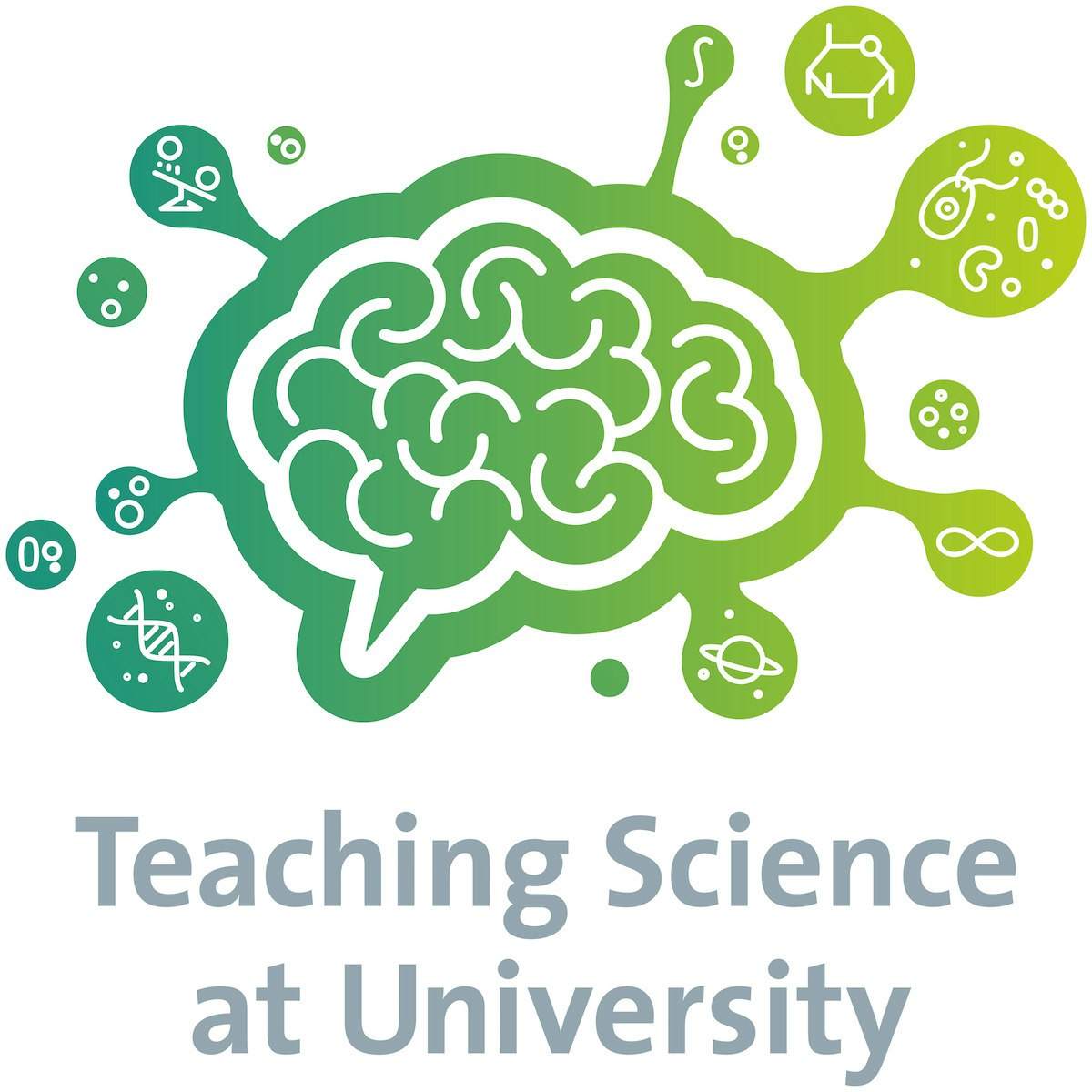




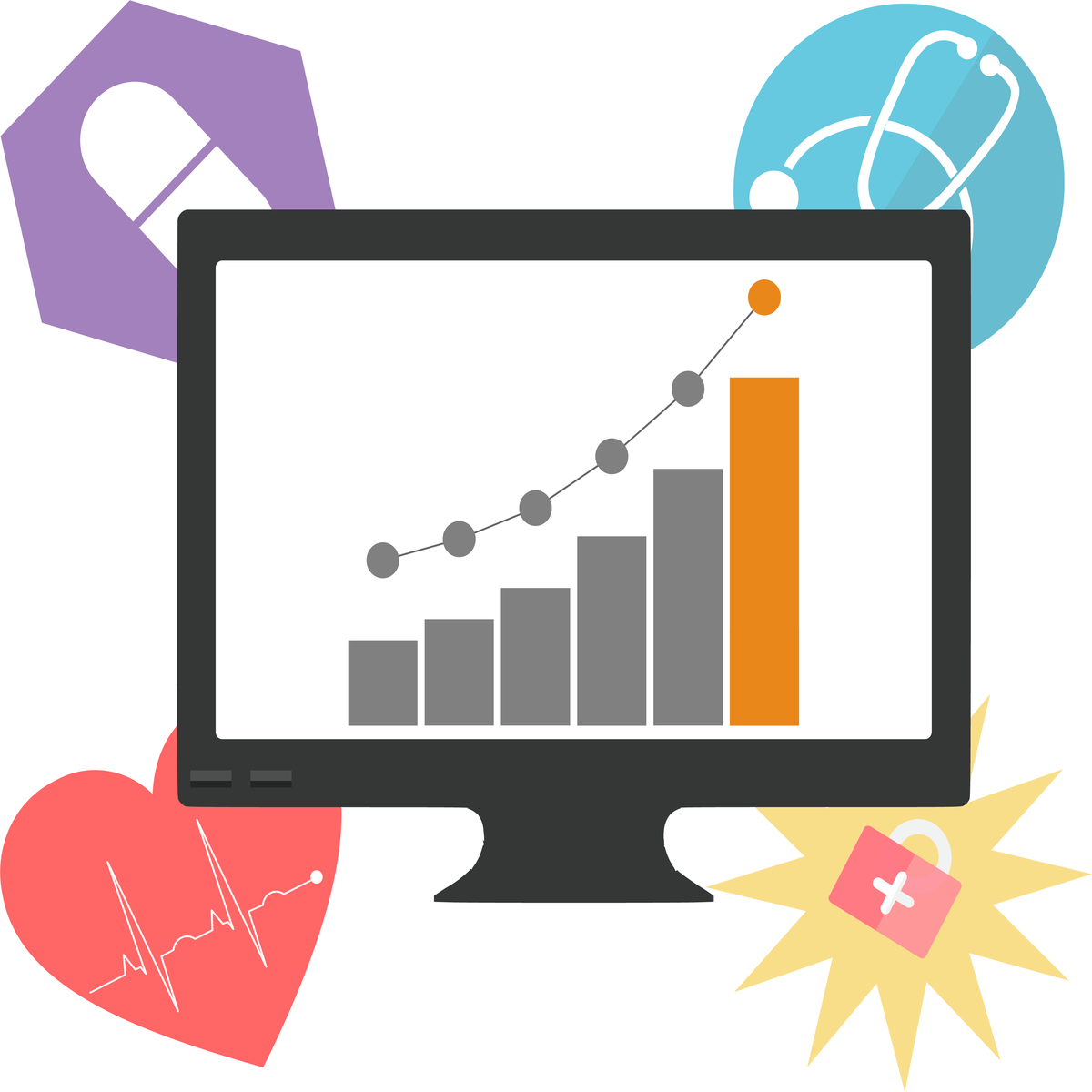

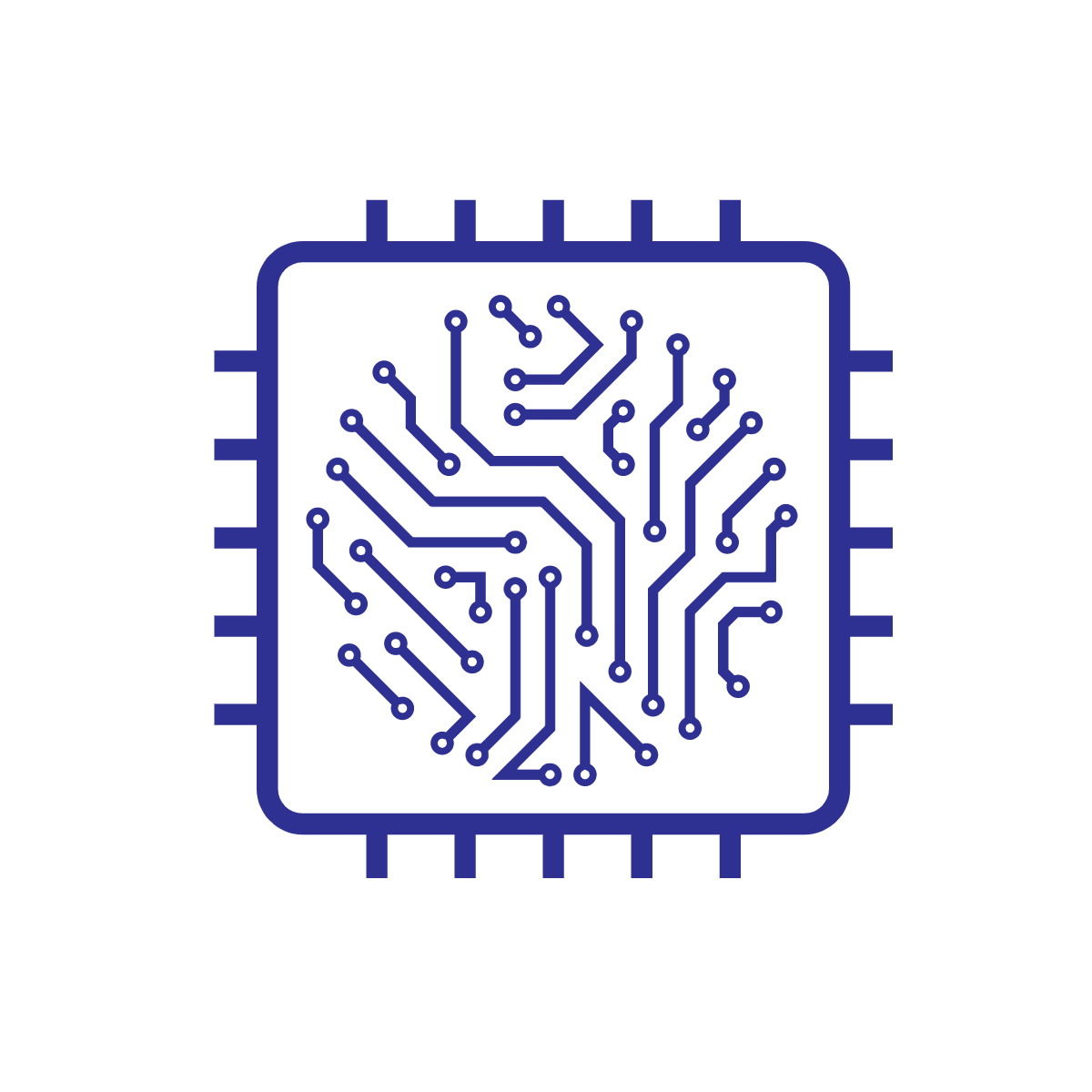
Life Sciences Courses - Page 60
Showing results 591-600 of 644

Engineering Life: Synbio, Bioethics & Public Policy
Synbio is a diverse field with diverse applications, and the different contexts (e.g., gain-of-function research, biofuels) raise different ethical and governance challenges. The objective of this course is to increase learners’ awareness and understanding of ethical and policy/governance issues that arise in the design, conduct and application of synthetic biology. The course will begin with a short history of recombinant DNA technology and how governance of that science developed and evolved, and progress through a series of areas of application of synbio.
Content will be presented in many forms, including not only reading and lectures, but also recorded and live interviews and discussions with scientists, ethicists and policy makers. Learners will have the opportunity to think, write and talk about the issues and challenges in their own work and in real-life case examples. A final project will engage students in the development of governance models for synbio.

Plant Bioinformatics
The past 15 years have been exciting ones in plant biology. Hundreds of plant genomes have been sequenced, RNA-seq has enabled transcriptome-wide expression profiling, and a proliferation of "-seq"-based methods has permitted protein-protein and protein-DNA interactions to be determined cheaply and in a high-throughput manner. These data sets in turn allow us to generate hypotheses at the click of a mouse. For instance, knowing where and when a gene is expressed can help us narrow down the phenotypic search space when we don't see a phenotype in a gene mutant under "normal" growth conditions. Coexpression analyses and association networks can provide high-quality candidate genes involved in a biological process of interest. Using Gene Ontology enrichment analysis and pathway visualization tools can help us make sense of our own 'omics experiments and answer the question "what processes/pathways are being perturbed in our mutant of interest?"
Structure: each of the 6 week hands-on modules consists of a ~2 minute intro, a ~20 minute theory mini-lecture, a 1.5 hour hands-on lab, an optional ~20 minute lab discussion if experiencing difficulties with lab, and a ~2 minute summary.
Tools covered [Material updated in June 2022]:
Module 1: GENOMIC DBs / PRECOMPUTED GENE TREES / PROTEIN TOOLS. Araport, TAIR, Gramene, EnsemblPlants Compara, PLAZA; SUBA4 and Cell eFP Browser, 1001 Genomes Browser
Module 2: EXPRESSION TOOLS. eFP Browser / eFP-Seq Browser, Araport, Genevestigator, TravaDB, NCBI Genome Data Viewer for exploring RNA-seq data for many plant species, MPSS database for small RNAs
Module 3: COEXPRESSION TOOLS. ATTED II, Expression Angler, AraNet, AtCAST2
Module 4: PROMOTER ANALYSIS. Cistome, MEME, ePlant
Module 5: GO ENRICHMENT ANALYSIS AND PATHWAY VIZUALIZATION. AgriGO, AmiGO, Classification SuperViewer, TAIR, g:profiler, AraCyc, MapMan (optional: Plant Reactome)
Module 6: NETWORK EXPLORATION. Arabidopsis Interactions Viewer 2, ePlant, TF2Network, Virtual Plant, GeneMANIA

Teaching Science at University
This course will prepare you for teaching science in higher education. In this MOOC you will learn to make your knowledge as an excellent researcher accessible to your students. We will show you how to communicate science to novices as well as advanced students in science. You will experience the value of teaching with analogies and you will be guided to train your students' competences. Based on up-to-date findings from research into teaching and learning science you will be able to
- implement evidence-based strategies into your own teaching,
- use students everyday-conceptions for the development of courses,
- prepare analogies and models to teach in your field,
- implement problem-based teaching,
- set up for experiments and teach the nature of science.
This course enables you to teach abstract science topics to your students and make them become active and successful learners. The course is based on lectures (videos), handouts (knowledge-to practice briefs), which supplement the knowledge taught in the lectures and assignments to implement the teaching strategies into your own practice.

Global Postharvest Loss Prevention: Fundamentals, Technologies, and Actors
This course provides an overview of the issue of postharvest loss of grains by exploring essential physical, technical, and social dimensions of postharvest supply chains and loss prevention methods globally.
Each year, estimates suggest that 1/3 of all food produced is lost or wasted, making postharvest loss a critical global food security and sustainability issue of today. Key knowledge areas are presented including:
-An overview of postharvest loss
-Supply chain activities such as harvesting, drying, and storage
-Economics and markets
-An introduction to the network of actors working in this field
We face the immense challenge of feeding over 9 billion people by the year 2050. To meet these demands, yields will have to more than double using the same amount of natural resources. In recent years, postharvest loss has been recognized by major institutions including the US government, the United Nations, the CGIAR Research Consortium, and several others as a significant opportunity to impact food security and improve livelihoods. Despite this increased attention, a lack of knowledge, technical capacity, and resources remain obstacles for stakeholders worldwide to act on these issues. This course will, for the first time, provide you as professionals, practitioners, and students, with a comprehensive introduction to postharvest loss processes and begin building capacity for loss prevention worldwide.

Infection Prevention in Nursing Homes
Learn about the role of environment in disease transmission and how to implement standard and transmission-based precautions to prevent the spread of antibiotic resistant bacteria and other infections in your facility.

High Level Biocontainment for Healthcare Facilities
The goal of this 4-week course is to equip learners to safely care for a patient infected with a pathogen requiring high-level biocontainment. This can be accomplished in any healthcare facility given the correct approach and protocols.
Please copy and paste the following link into a new tab/browser to view the video overview of our course. http://bit.ly/2bPZ6Cz
In this course, we will:
1. Discuss the essentials of intake screening.
2. Investigate pathogen transmission characteristics and the chain of infection.
3. Examine patient placement in a facility, as well as the engineering/ administrative controls.
4. Review personal protective equipment worn by the care providers.
5. Evaluate waste management and decontamination protocols.
We look forward to exploring and learning with you!
Dr. Medcalf and University of Nebraska Medical Center Team
This project was funded by the Nebraska Department of Health and Human Services, Division of Public Health

Improving your statistical inferences
This course aims to help you to draw better statistical inferences from empirical research. First, we will discuss how to correctly interpret p-values, effect sizes, confidence intervals, Bayes Factors, and likelihood ratios, and how these statistics answer different questions you might be interested in. Then, you will learn how to design experiments where the false positive rate is controlled, and how to decide upon the sample size for your study, for example in order to achieve high statistical power. Subsequently, you will learn how to interpret evidence in the scientific literature given widespread publication bias, for example by learning about p-curve analysis. Finally, we will talk about how to do philosophy of science, theory construction, and cumulative science, including how to perform replication studies, why and how to pre-register your experiment, and how to share your results following Open Science principles.
In practical, hands on assignments, you will learn how to simulate t-tests to learn which p-values you can expect, calculate likelihood ratio's and get an introduction the binomial Bayesian statistics, and learn about the positive predictive value which expresses the probability published research findings are true. We will experience the problems with optional stopping and learn how to prevent these problems by using sequential analyses. You will calculate effect sizes, see how confidence intervals work through simulations, and practice doing a-priori power analyses. Finally, you will learn how to examine whether the null hypothesis is true using equivalence testing and Bayesian statistics, and how to pre-register a study, and share your data on the Open Science Framework.
All videos now have Chinese subtitles. More than 30.000 learners have enrolled so far!
If you enjoyed this course, I can recommend following it up with me new course "Improving Your Statistical Questions"

Advanced Clinical Data Science
This course prepares you to deal with advanced clinical data science topics and techniques including temporal and research quality analysis.

National Academy of Sports Medicine Nutrition Essentials
NASM's Nutrition Coaching Essentials enables you to provide evidence-based guidance to those seeking to improve body composition, athletic performance, and health. By successfully completing this program, you will have the knowledge and abilities to leverage nutrition education to increase your client's success, reduce turnover, and maximize adherence. Held to the highest standard of research-based theory and practice, the Nutrition Essentials program teaches you how to provide nutritional direction to a variety of clients with differing goals. Your knowledge and skill base will be updated to remain current and focused on delivering the gold standard of client care in the nonclinical sphere.
This course is intended for those who are interested in learning about or teaching others how to apply nutrition priniciples for improved health and wellness.

Machine Learning Models in Science
This course is aimed at anyone interested in applying machine learning techniques to scientific problems. In this course, we'll learn about the complete machine learning pipeline, from reading in, cleaning, and transforming data to running basic and advanced machine learning algorithms. We'll start with data preprocessing techniques, such as PCA and LDA. Then, we'll dive into the fundamental AI algorithms: SVMs and K-means clustering. Along the way, we'll build our mathematical and programming toolbox to prepare ourselves to work with more complicated models. Finally, we'll explored advanced methods such as random forests and neural networks. Throughout the way, we'll be using medical and astronomical datasets. In the final project, we'll apply our skills to compare different machine learning models in Python.
